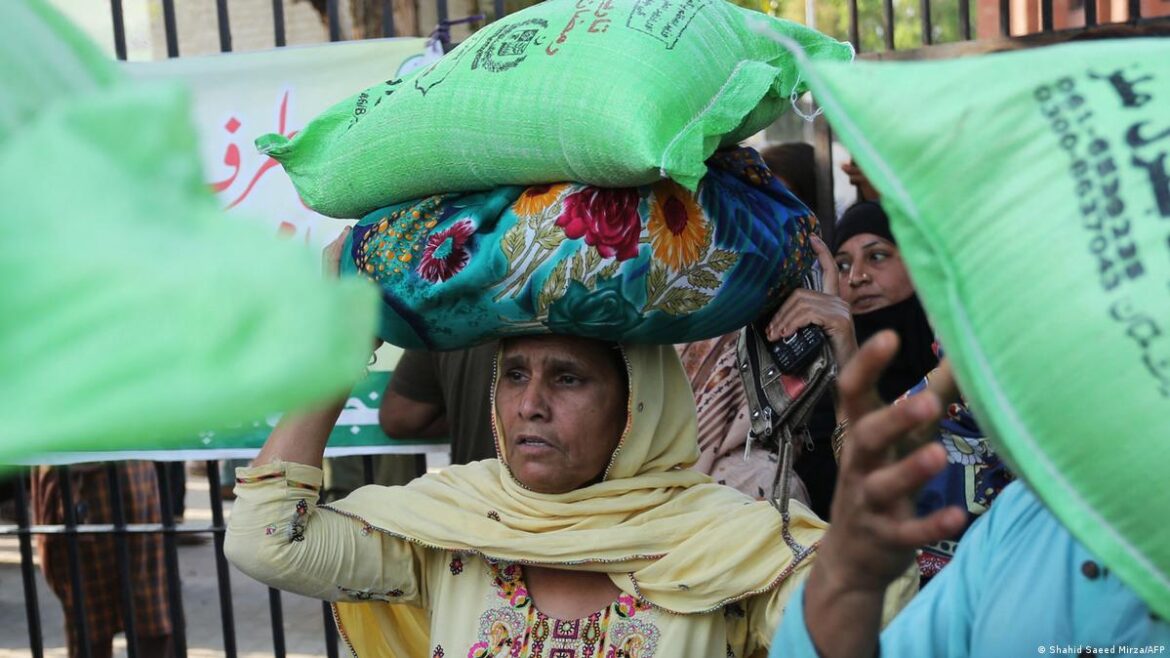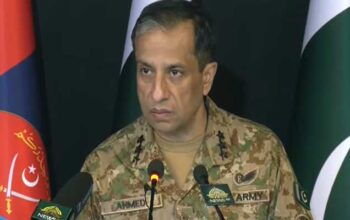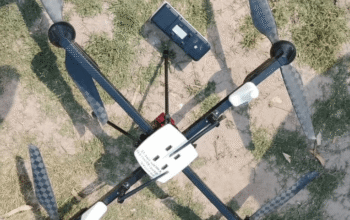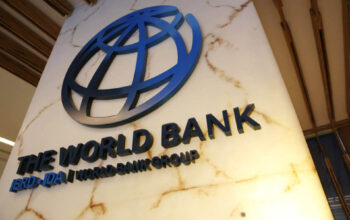By Staff Reporter
ISLAMABAD: Inflation in September rose for the first time in four months after the government raised fuel prices to meet International Monetary Fund’s (IMF) conditions for an ongoing $3 billion bailout program.
The consumer price index, a measure of the cost of living, increased 31.4 percent from a year earlier, up from 27.4 percent in August, the Pakistan Bureau of Statistics reported on Monday. That was the highest reading since May, when inflation reached a record 38 percent.
The country is embarking on a tricky path to economic recovery under a caretaker government after a $3 billion loan program approved by the International Monetary Fund in July averted a sovereign debt default, but with conditions that complicated efforts to rein in inflation.
Reforms required by the IMF bailout, including an easing of import restrictions and a demand that subsidies be removed, have already fueled annual inflation, which rose to a record 38 percent in May.
The caretaker government raised fuel costs on surging global prices and plans to hike gas prices as part of IMF conditions. The moves increased living costs and sparked protests among Pakistanis who are feeling the pinch.
Interest rates have also risen to their highest at 22 percent, and the rupee hit all-time lows in August before recovering in September to become the best performing currency following a clampdown by authorities on unregulated foreign exchange trade.
Analysts said the inflation reading was in line with market expectations.
“The higher reading is mainly due to the low base effect which was also mentioned in the last monetary policy statement,” said Fahad Rauf, head of research at Ismail Iqbal Securities. “Going forward, in the next few months, we expect inflation to ease to around 26-27 percent.”
The surge in inflation poses a challenge for the central bank, which has kept its policy rate unchanged at 22 percent in its last two policy meetings. The State Bank of Pakistan targets inflation of 21 percent for the fiscal year ending June 2024, but the average rate in the first quarter was 29 percent. The central bank expects inflation to rise this month because of hike in energy prices with gains slowing through to June next year.
Inflation rising again suggests that policymakers have a case to increase the benchmark policy rate at the next meeting due Oct. 30. Record interest rates cooled prices for three straight months from June and prompted the central bank to hold fire in September.
The main drivers of inflation in September were food and energy costs, which rose 33.1 percent and 31.3 percent respectively from a year earlier, according to bureau data. Housing and utilities increased 29.7 percent, while transport services rose 4.3 percent from the previous month.
The core inflation rate, which excludes volatile food and energy prices, edged up to 18.6 percent from 18.4 percent in August. The wholesale price index, a measure of producer prices, jumped to 26.4 percent from 24.3 percent, while the sensitive price indicator, which tracks the prices of essential items on a weekly basis, climbed to 32 percent from 27.9 percent.
Rural areas experienced higher inflation than urban centers, with consumer prices rising 33.9 percent and 29.7 percent respectively. On a month-on-month basis, consumer prices increased 2 percent, following a 1.7 percent rise in August.
Some of the items that saw the biggest price increases in September were sugar (90 percent), wheat flour (81 percent), condiments and spices (79 percent), tea (73 percent), alcoholic beverages and tobacco (87.5 percent), and recreation and culture (58.8 percent). On the other hand, some items that saw price declines were tomatoes (-21 percent), fresh vegetables (-17 percent), and gram pulse (-1.5 percent).
Copyright © 2021 Independent Pakistan | All rights reserved




